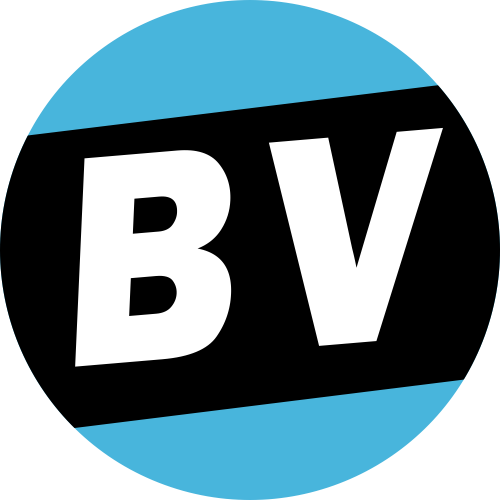In today’s significantly interconnected globe, the ability to function collaboratively is an important skill. As typical academic standards evolve to meet the needs of the 21st century, joint knowing becomes a crucial principle. This short article explores the complexities of collective Q&A Community learning, discovering its benefits, approaches, and difficulties, while giving understandings right into just how it shapes contemporary education and learning.
Collective discovering exceeds just interacting.

It embodies an academic method where people engage in a cumulative initiative to gain understanding, resolve troubles, and attain a typical goal. This method stresses the worth of variety in thought and cultivates much deeper understanding through interaction and common experience.
The Advantages of Collaborative Learning
Collective discovering provides a myriad of benefits, making it a favored method in instructional setups across the globe. One of the primary benefits is the improvement of crucial assuming skills. As students involve with peers, they are exposed to different point of views, motivating them to examine and assess details extra critically.
Another considerable benefit is the improvement in interaction abilities. Collaborative knowing environments require active listening, articulate expression of ideas, and considerate discussion. These skills are important, not simply academically, however in professional and social contexts too.
Cognitive growth is likewise significantly boosted with joint initiatives. Interacting requires students to articulate their thinking, challenge presumptions, and integrate different point of views, causing deeper cognitive processing and retention.
- Boosted important assuming
- Improved interaction abilities
- Increased cognitive advancement
- Higher retention rates
- Fostering of social and leadership abilities
The advancing impact of these benefits is a much more all natural educational experience. Learners not only get understanding but also develop vital life skills that prepare them for future collaborative ventures in any kind of field.
Strategies for Efficient Collaborative Understanding
Implementing collaborative discovering successfully requires thoughtful approach and preparation.

Educators needs to produce an atmosphere conducive to cooperation, where students feel secure and determined to participate freely. Below are some methods that can facilitate successful collective understanding experiences.
Firstly, developing clear purposes and expectations is vital. When students understand the objectives and their duties within the team, they are more likely to involve meaningfully. Educators needs to connect these objectives clearly and guarantee they are straightened with the educational program.
Second of all, the use of varied team structures can enhance the learning experience. By varying team structure, whether by skill degree, passion, or history, instructors can boost dynamic communications and an extra comprehensive understanding of the product.
Challenges in Collaborative Knowing
While collaborative understanding offers numerous advantages, it is not without its difficulties. One common issue is the difference in group participant engagement. Some people may control conversations, while others may be less likely to add, resulting in an inequality in the discovering experience.
- Diverse degrees of participation
- Possible for conflict
- Time monitoring troubles
- Numerous levels of commitment
In addition, disputes can develop as a result of differing opinions, working styles, or misunderstandings. Educators must be furnished to manage these conflicts effectively, promoting an environment where considerate dialogue dominates.
The Role of Modern Technology in Collaborative Learning
In the digital age, technology plays a critical function in promoting joint learning. On the internet systems break geographical obstacles, enabling people from varied locations to team up in real time. These tools use a multitude of features that improve collaborative efforts, from shared papers and discussion forums to digital meeting areas.
Modern technology not just widens the scope of who can take part in joint knowing however also improves the quality of interaction. Learners can access a larger variety of resources, engage with interactive content, and use their understanding in innovative methods.
Future of Collaborative Knowing
Looking in advance, the future of joint learning appears encouraging. As schools continue to accept innovation and innovate pedagogical strategies, cooperation will likely become a keystone of finding out experiences whatsoever levels of education and learning.
Ultimately, the essence of collective learning lies in its ability to empower people via shared initiative and mutual understanding. As we move forward, Why did Truman drop the bomb even though he knew the devastation of the bomb? growing these experiences will be vital in preparing students not just to be successful academically, but to grow in a complicated, interconnected globe.


